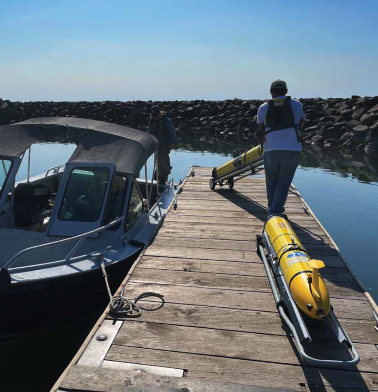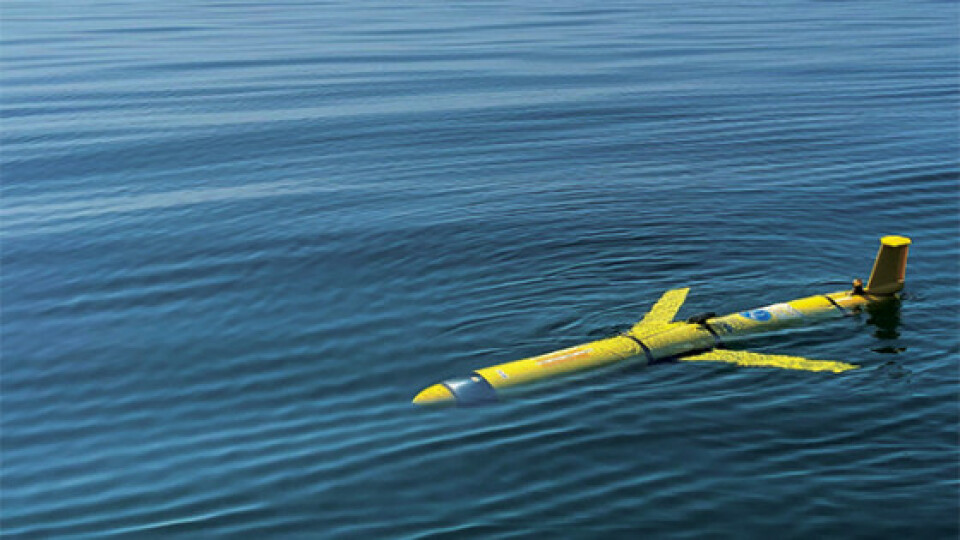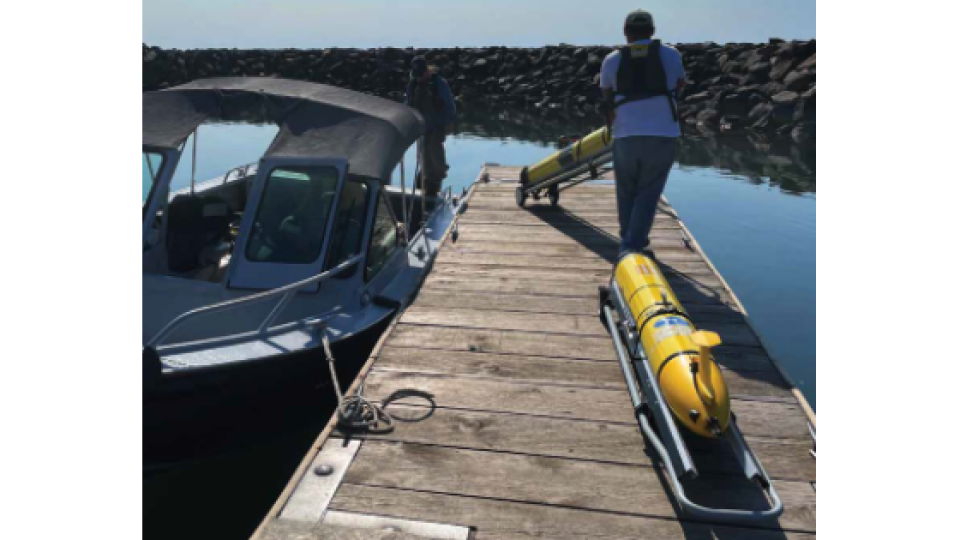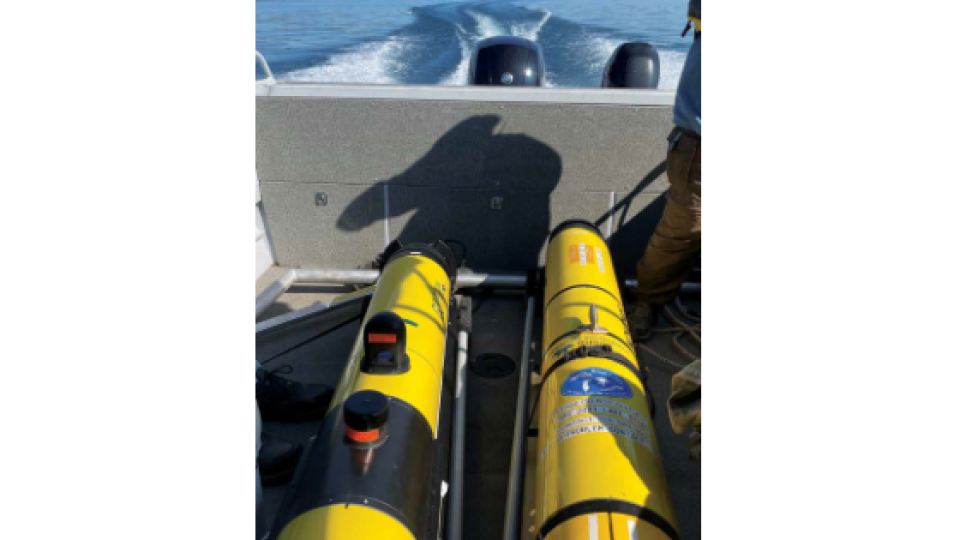
Surveying the American Great Lakes Using Autonomous Underwater Gliders
The Great Lakes are essential for drinking water, recreation, transportation, hydroelectric power, and irrigation. The system provides more than 40 million people with drinking water and generates more than 1.5 million jobs. The lakes are also large enough to help cool nearby communities in summer and warm them in winter. In addition, the Great Lakes provide an ecosystem home to more than 3,500 plants and animals, some of which are unique to these environments. Recent declines in water quality, especially those nearshore, have amplified the need to understand the connectivity between nearshore and offshore areas.
Comparing ship- and buoy-based and AUV glider observations
Observations between dynamic nearshore and offshore transitions pose a challenge for traditional observing systems. Some observations have been made using traditional methods, such as ship-based and buoy-based observations. Despite the success of gathering data using traditional methods, there are challenges, including the high cost of ship-based surveys and the infrequent sampling by satellite imagery, both of which are affected by weather conditions.

Image 1: Field crew load the EPA Great Lakes gliders for deployment in Lake Superior. Coordinated deployments with both gliders improve spatio-temporal resolution of observed features and expand the range of sensors beyond what can be carried by one glider.
3,000 vertical profiles over 1,000 km using the Slocum Glider
Using the Teledyne Slocum glider, scientists were able to overcome these challenges. In contrast to shipboard observations, the Teledyne Slocum Glider is inexpensive to operate and can continue to collect data while being deployed for weeks. The Slocum Gliders can continuously profile the water column while heading to the next waypoint, collecting high temporal and spatial resolution data using a suite of onboard sensors specific to the mission. Glider observations have a distinct advantage. Because of the glider’s profile in the water column, they can collect data regarding temperature gradients and chlorophyll concentration along with other water quality parameters throughout the survey area. During this survey, the Teledyne Slocum glider completed 3,000 vertical profiles over 1,000 km or 600 miles between early and late summer deployments. Data collected by the glider showed a seasonal difference from early to late summer in an area of high thermal and chlorophyll gradients. Glider operations were able to expand observations used for water quality monitoring and modelling dramatically.

Image 2: EPA’s gliders are shown en route to their deployment locations in Lake Superior as part of a coordinated sampling mission focused on algae blooms. Typically deployment and recovery is accomplished using a trailerable boat and small crew, improving flexibility and response time for monitoring water quality events such as algae blooms.
About Teledyne Marine
Teledyne Marine is a group of leading-edge undersea technology companies assembled by Teledyne Technologies Incorporated. Through acquisitions and collaboration, over the past 10 years, Teledyne Marine has evolved into an industry powerhouse, bringing the best of the best together under a single umbrella. Each Teledyne Marine company is a leader in its respective field, with a shared commitment to providing premium products backed by unparalleled service and support.
Do you have questions about this case study?
Get in touch with Teledyne Marine, and they would be happy to answer any questions you have about pricing, suitability, availability, specs, etc.

Related products










